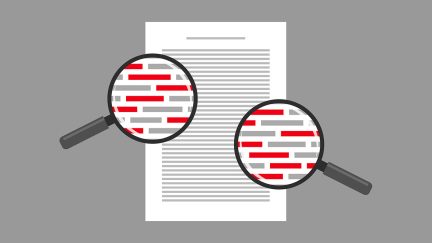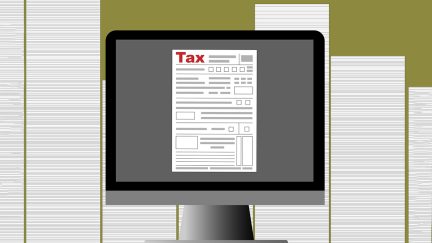For more stories like this, sign up for the PLANADVISERdash daily newsletter.
IRS Webcast Will Explore Determination Letter Program Changes
An open Internal Revenue Service (IRS) webcast scheduled for August 11, 2016, at 2 p.m. EST will discuss and dissect the agency’s new approach to individually designed plan determination letters and remedial amendment periods.
Webcast attendees will hear IRS officials break down the new guidance for individually designed plans. IRS officials will also cover when limited determination letters may be available in the future; the new approach to remedial amendment periods; changes to interim amendment rules; and new tools to help plans make required amendments.
The webcast comes as the IRS is working to implement Revenue Procedure 2016-37, generally effective January 1, 2017, which fundamentally overhauls the determination letter program for tax-qualified individually designed plans, and changes the requirements for when plan amendments must be adopted under IRC Section 401(b). Further, Rev. Proc. 2016-37 ends the remedial amendment cycle (RAC) system and replaces it with a new approach to the remedial amendment period.
Registration for the webcast is here.
You Might Also Like:

Required Amendments for Qualified Plans, 403(b)s Issued by IRS

IRS, Treasury Explain How to Open ‘Trump Accounts’
